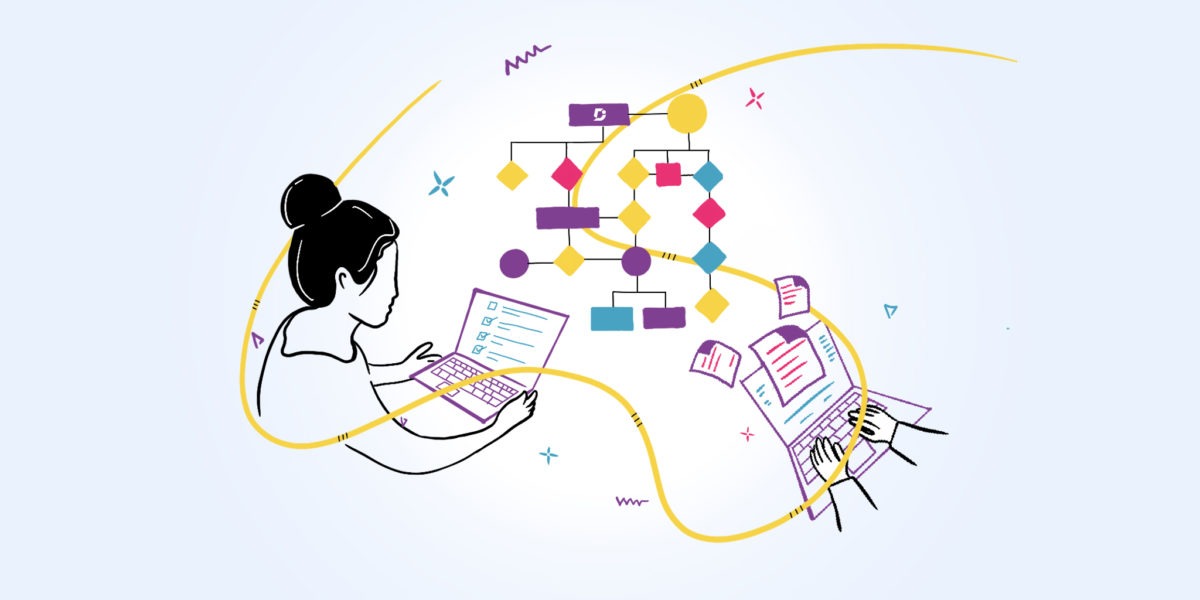SOPs: In the realm of manufacturing excellence, Toyota has long been a pioneer, setting industry standards and exemplifying a commitment to precision, efficiency, and continuous improvement. At the core of Toyota’s success lies not only cutting-edge technology but also a meticulous approach to processes, encapsulated in their Standard Operating Procedures (SOPs). In this article, we will explore Toyota’s unique approach to crafting SOPs, emphasizing the ‘What, How, and Why’ framework. Throughout this journey, we will underscore the importance of a well-crafted Standard Operating Procedure example in shaping manufacturing practices.
Toyota’s Commitment to Excellence
The Influence of Taiichi Ohno’s Philosophy
Toyota’s manufacturing philosophy, often attributed to Taiichi Ohno, the architect of the Toyota Production System, emphasizes the inseparable link between SOPs and continuous improvement. Ohno’s assertion that “without standards, there can be no Kaizen” underscores the foundational role of SOPs in providing a baseline for improvement efforts. Toyota’s approach to SOPs aligns with the ‘What, How, and Why’ framework, serving as a guiding light for employees at every level.
The ‘What, How, and Why’ in Toyota’s SOPs
Structured Approach Inspired by TWI Job Instructions
Toyota’s SOPs draw inspiration from the Training Within Industry (TWI) Job Instructions method, structuring processes around the ‘What, How, and Why’ division. This approach focuses on instructing employees by clearly communicating the steps, key points, and reasons for key points, forming the bedrock for work standardization at Toyota.
- Major Steps (What is done)
- Toyota’s SOPs begin by clearly outlining the major steps involved in a specific process. This provides employees with a roadmap, ensuring a standardized approach to task execution.
- Key Points (How it is done)
- The ‘How’ component in Toyota’s SOPs delves into the specifics of task execution. Detailing key points ensures that employees understand the critical aspects of the process that contribute to its successful completion.
- Reasons for Key Points (Why it is done in that specific way)
- Toyota’s commitment to transparency and employee empowerment is evident in the ‘Why’ component of their SOPs. Providing the rationale behind each key point fosters a deeper comprehension among employees, encouraging a sense of purpose and ownership in their roles.
SOP Example: Toyota’s Method in Action
Work Standardization in the Automotive Giant
Let’s explore a concrete Standard Operating Procedure example from Toyota, illustrating the ‘What, How, and Why’ framework in action. Consider a task as fundamental as assembling components in an automotive manufacturing line. Toyota’s SOP for this task would meticulously outline the major steps, detail the key points ensuring precision, and provide the reasons behind each key point, fostering a culture of understanding and continuous improvement.
Toyota’s SOPs as a Training Tool
The TWI Job Instructions Methodology
Beyond serving as guidelines for day-to-day operations, Toyota’s SOPs function as powerful training tools. The TWI Job Instructions methodology, integrated into Toyota’s approach, aligns with the ‘What, How, and Why’ framework. This ensures that employees not only follow standards but also understand and adhere to them, fostering a culture of knowledge transfer and continuous learning within the manufacturing environment.
Continuous Improvement Culture at Toyota
Kaizen Philosophy and SOP Integration
Toyota’s commitment to continuous improvement is rooted in the Kaizen philosophy. SOPs play a pivotal role in driving this philosophy forward by integrating the ‘What, How, and Why’ framework. The structured approach encourages employees to question existing processes, identify inefficiencies, and contribute to the ongoing refinement of SOPs. The result is a culture where improvement is not just encouraged but embedded in the fabric of day-to-day operations.
Crafting Excellence with Toyota’s SOP Approach
Beyond Instructions: A Blueprint for Success
In conclusion, Toyota’s approach to SOP Example grounded in the ‘What, How, and Why’ framework, stands as a blueprint for manufacturing success. A well-crafted Standard Operating Procedure example, inspired by Toyota’s methodologies, provides not just a set of instructions but a dynamic tool for achieving excellence. By fostering a culture of precision, safety, and continuous improvement, Toyota’s SOPs go beyond the norm, challenging the status quo, and setting new standards of excellence in the ever-evolving world of manufacturing.
As industries evolve and complexities increase, the importance of SOPs in maintaining consistency, mitigating risks, and optimizing performance becomes more pronounced. Toyota’s commitment to the ‘What, How, and Why’ in their SOPs exemplifies not only a commitment to excellence but also a dedication to empowering employees and fostering a culture of innovation. In the dynamic landscape of manufacturing, Toyota’s SOP approach continues to be a guiding force, ensuring that SOPs are not just documents but dynamic tools for achieving manufacturing excellence.




